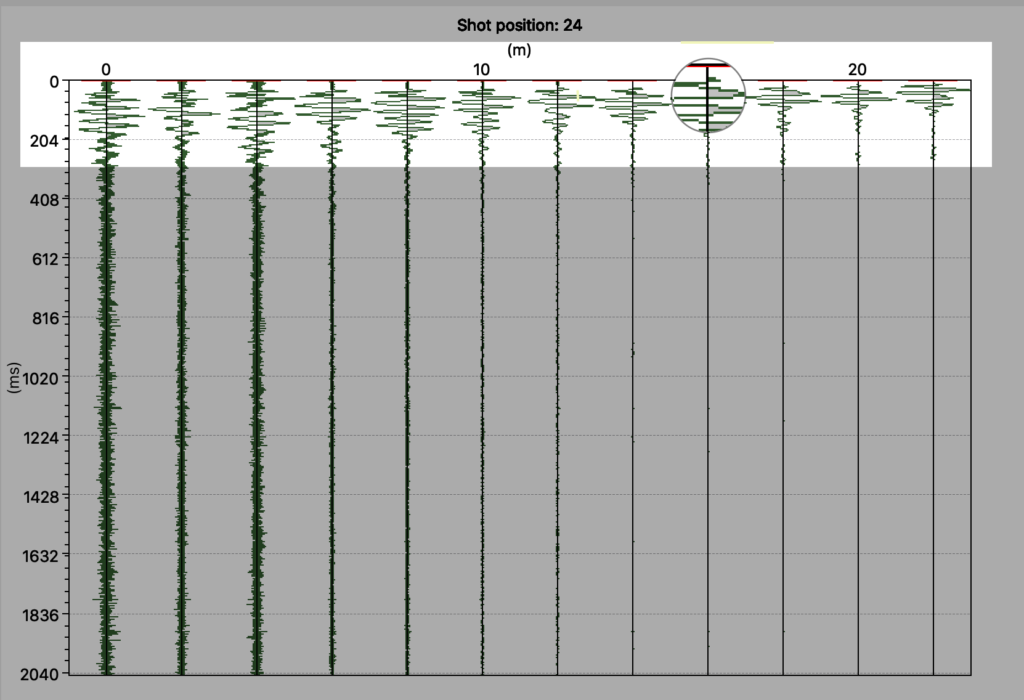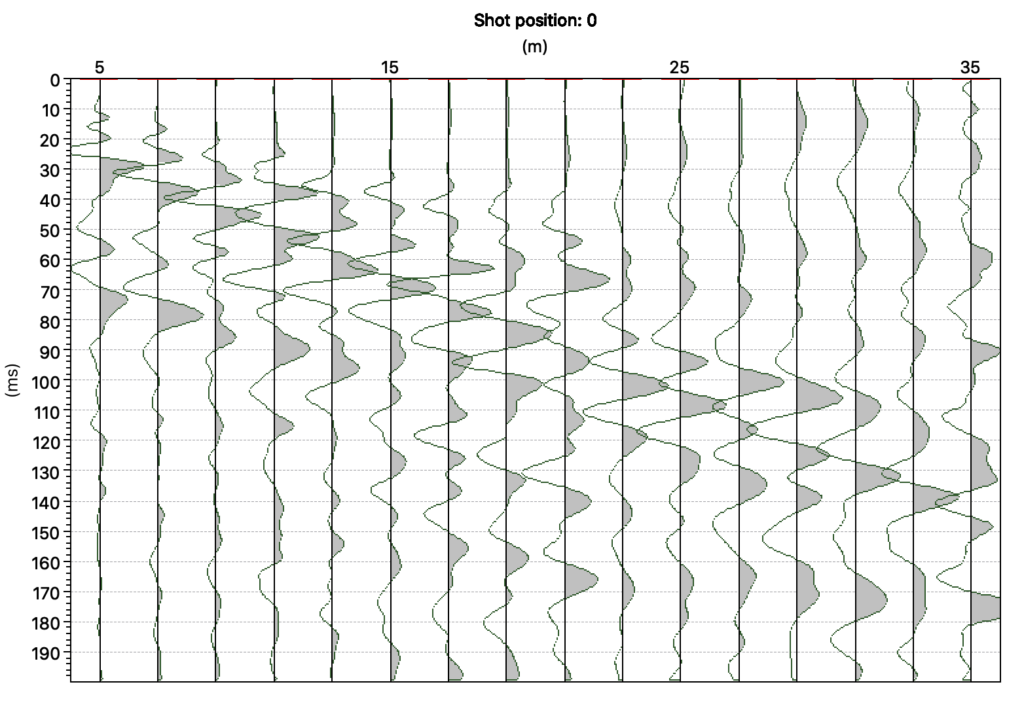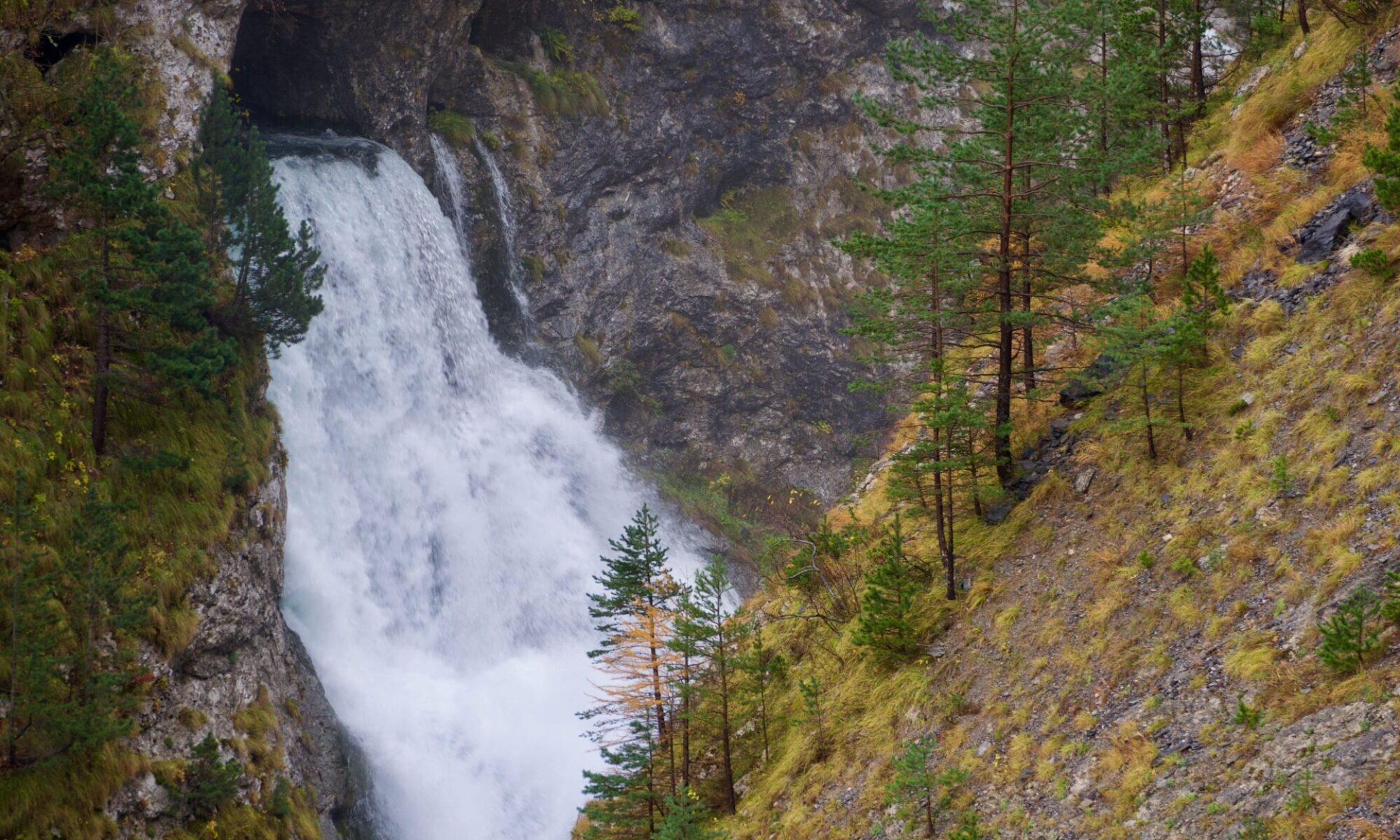The setting of data acquisition to perform the tomographic processing is similar to the one used for the refraction seismic surveys, for example applying the G.R.M. method (Palmer, 1980).

The geophones must be placed in line, normally with a constant spacing that depends on the horizontal resolution to be obtained, while the length of the line determines the maximum depth of investigation that can be achieved.
The energizations are placed in line with the geophones line both internally and externally. If to acquire data in a refraction survey can be sufficient, at the limit, only 5 energizations, 4 external (2 per side) and one central, for seismic tomography it is necessary to perform more shots inside the line. We suggest to energize at least every 4-5 geophones.
The signal of a refraction test, performed using a hammer as energization typically has a frequency between 50 and 100Hz. The sampling frequency must therefore be higher than 200Hz. Since you want to have a good time resolution of the signal you can set as acquisition parameter a sampling rate of at least 5000Hz.


Refraction seismic tomography uses the time of first arrivals to calculate the profile in the same way as refraction survey processing using methods such as GRM, time delay, or intercept. The recording of the signal must be long enough to detect the arrivals on all geophones. Usually for 50 meters long seisimic line it is enough to record for a time interval of 500ms. The needed recording time may vary depending on the subsoil conditions we are investigating and the type of wave we are measuring. P waves will be almost twice as fast as S waves in many stratigraphics contexts.
For example, with the average speed of 1000 m/s, the first break takes 50 ms to reach a receiver located 50 meters from the source.

